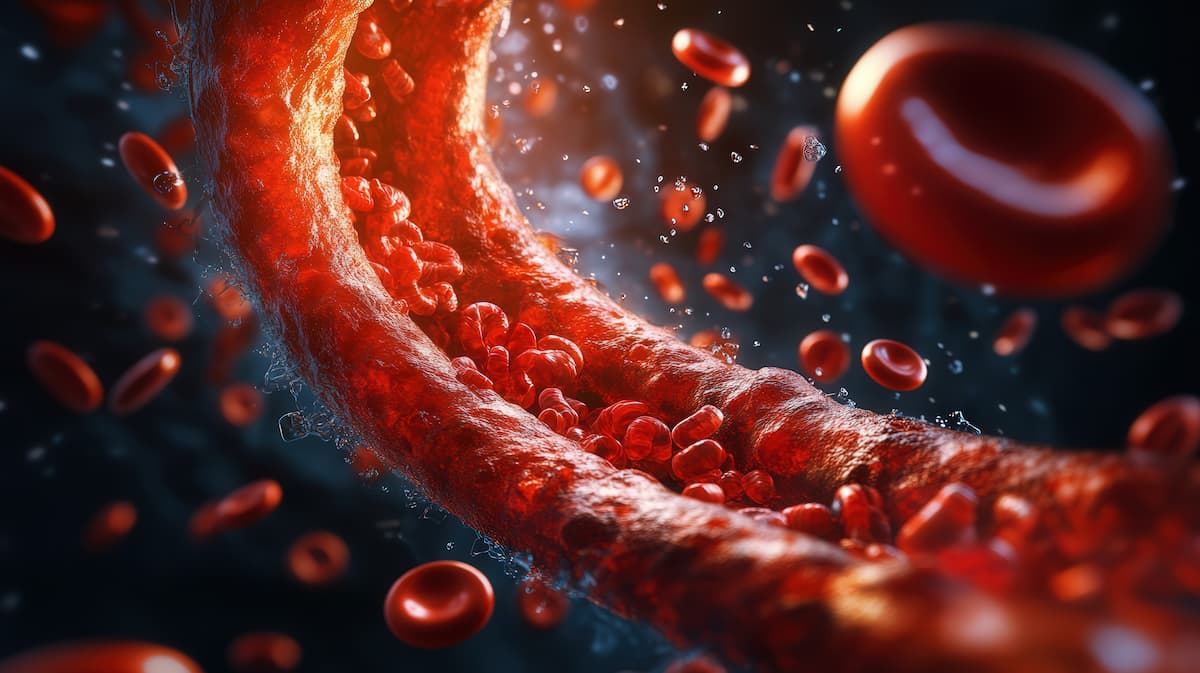Article
Study Identifies Potential Noninvasive Biomarkers for PAH Severity
Author(s):
Researchers in Japan identified 2 potential biomarkers for severity of pulmonary arterial hypertension (PAH) that can be measured without invasive procedures.
Results of a retrospective study showed serum total plasminogen activator inhibitor-1 (tPAI-1) and thrombomodulin (TM) levels may be useful predictors of pulmonary arterial hypertension (PAH) severity, similar to mean pulmonary artery pressure (mPAP). Findings, published in Thrombosis Journal, also indicated these levels could be beneficial in predicting PAH in individuals in the early stage of the disease, researchers wrote.
Currently, severity of PAH is based on mPAP levels evaluated by right heart catheterization (RHC), which is an invasive procedure. However, fibrinolytic markers such as tPAI-1 and TM are known to reflect arterial endothelial function.
In an effort to identify noninvasive and alternative predictors for prognosis, researchers investigated the relationship between serum tPAI-1, TM, and pulmonary circulation in patients with PAH using electronic medical records.
All individuals who underwent RHC to assess cardiac function at a university hospital in Japan between January 2012 and March 2018 were assessed for inclusion. Individuals on hemodialysis, with hepatic failure, or with other conditions that could affect serum tPAI-1 and TM levels were excluded from analyses.
Blood samples were also taken from all patients prior to RHC and the final sample included 100 patients. Mean (SD) patient age was 68.9 (12) years, and 38% were male. Of these patients, 30% had underlying heart failure, 21% had collagen diseases, and 11% had vascular diseases. In addition, average mPAP value was 25.1 (13.1) mm Hg.
Analyses showed:
- mPAP levels revealed a significant positive correlation with serum tPAI-1 (P = .24, P = .042) and uric acid (P = .29, P = .0031) levels.
- In the group with mPAP levels less than 25 mm Hg (n = 58; mean [SD], 17.3 [4.3] mm Hg), mPAP levels showed a significant positive correlation with serum tPA-1 (P = .34, P = .034) and TM (P = .34, P = .043) values.
- Mean tPAI-1 (29.8 [23.3] ng/mL; P = .047) and uric acid (5.7 [1.8] mg/dl; P = .026) levels were significantly less in those with lower mPAP levels.
- A multivariate analysis revealed that tPAI-1 alone was a significant independent characteristic marker of PAH (odds ratio, 1.02; 95% CI, 1-1.036; P = .034).
- There were no significant differences in the concentration of TM between the groups with mPAP levels less than or more than 25 mm Hg.
“Serum uric acid is a traditional biomarker that reflects endothelial function and is a potential risk factor for arteriosclerotic change,” researchers explained. “tPAI-1 is an inhibitor of plasminogen, which regulates the systemic fibrinolytic system, and the levels indicate microvascular injury due to various conditions, including diabetes mellitus,” they added. TM can also be a marker of endothelial cell damage.
Researchers hypothesize advanced PAH could result from an increased release of tPAI-1 and TM from smooth muscle and endothelial cells caused by pulmonary vascular damage, which could result in elevated serum levels.
The retrospective nature of the study marks a limitation in addition to its relatively small and heterogenous sample size. Furthermore, the current study assessed serum instead of plasma in patients with PAH, meaning the value of tPAI-1 could be overestimated, as it is a component of the platelet releasate.
Future prospective studies with larger sample sizes and a greater number of patients with severe PAH are warranted to determine a more reliable statistical evaluation.
“We have demonstrated that mPAP levels have a significant positive correlation with serum tPAI-1 and TM but not uric acid values, which means that these markers could be potential predictors of severity in patients with PAH, especially in their early stages with mPAP levels less than 25 mmHg,” researchers concluded.
Reference:
Shoji M, Matsui T, Tanaka H, et al. Fibrinolytic markers could be useful predictors of severity in patients with pulmonary arterial hypertension: a retrospective study. Thromb J. Published online November 4, 2021. doi: 10.1186/s12959-021-00332-4





